After Further Review is a deeper look at plays or stats after Vikings games…
There were nine rule changes approved by the NFL Competition Committee at the Annual League Meeting this spring, and a handful showed up in the Vikings preseason opener against the Bengals on Friday against Cincinnati.
One rule change that could significantly impact all games is placement of the ball at the 25-yard line for a touchback after kickoffs or free kicks after safeties. The previous placement was the 20-yard line, and teams are experimenting with kicking the ball higher but shorter to try to pin teams inside the 25.
Walsh lofted his first kickoff of the preseason 62 yards to the Cincinnati 3-yard line, but Bengals returner Brandon Tate took it out to the 27 with a 24-yard return.
Walsh had two additional kickoffs: one traveled 69 yards that was returned by Mario Alford 30 yards to the 26-yard line; the other traveled 62 yards, and the coverage team stopped Bronson Hill at the 13-yard line.
"I think if you're watching the game, you can pretty much see where we're kind of going with the direction and hang time, but it will switch up," Walsh said. "It's not going to be that way every week. It's going to depend on who we play and what returner we're facing."
The Vikings also benefitted from the extra five yards just before halftime. After Cincinnati tied the game at seven with 47 seconds left in the first half, the Bengals put the ensuing kickoff through the back of the end zone, over the head of Troy Stoudermire.
Shaun Hill promptly moved the Vikings 42 yards to the Cincinnati 33 with four passes and three timeouts in 43 seconds, allowing Walsh to attempt a 51-yard field goal that hit the crossbar and bounced through the uprights.
"That's not exactly how you plan it," Walsh said. "I said to a couple of guys in [the Vikings locker room], that you just do enough right to hit that ball long enough. It wasn't my best hit, but it was good enough to make it from 51. It had a really good snap and hold and good execution on the offensive line."
Walsh has 23 career field goals of 50 or more yards, including the Vikings franchise record of 56.
Vikings Head Coach Mike Zimmer said the extra five yards, "can change the complexion of the drive, because the percentage of scores go up."
"Even though it's only five yards, it goes up," Zimmer added.
NFL referee Craig Wrolstad, who is entering his 14th season in the league, and members of his crew visited the Vikings at training camp. Wrolstad showed a video to coaches and players about rule changes and points of emphasis.
An expansion of the jersey area that constitutes a horse collar tackle has been expanded to include the nameplate area and above. This was explained in the video as:
Prior to this change, it was illegal to grab the inside collar of the back or the side of the shoulder pad or jersey and pull the runner to the ground. Now, it will also be illegal to grab the back or side of the jersey at the nameplate or above and pull the runner to the ground. The runner does not have to be pulled all the way to the ground. If his knees are buckled by the action, it is a foul. This rule does not apply to a quarterback in the pocket or a runner in the tackle box, but once the runner leaves the tackle box or a quarterback leaves the pocket, the rule is back in effect.
Asked about the differentiation between a passer in the pocket or runner in the tackle box, Wrolstad explained, "The argument was that a lineman who is being blocked has to reach up and grab the quarterback anyway they can, and if they grab the quarterback around the collar while he's in the pocket, they shouldn't be penalized for that."
The expansion of the horse collar area resulted in a penalty on MyCole Pruitt when he made a diving tackle during a punt return by Alford.
A third rule change for 2016 that came to the forefront in the Vikings preseason opener resulted in a chop block penalty.
All chop blocks are now illegal, whether on a run, pass or change-of-possession play.
View exclusive images shot by the team photographer (IG: vikingsphotog) from the Aug. 12 game against the Bengals.














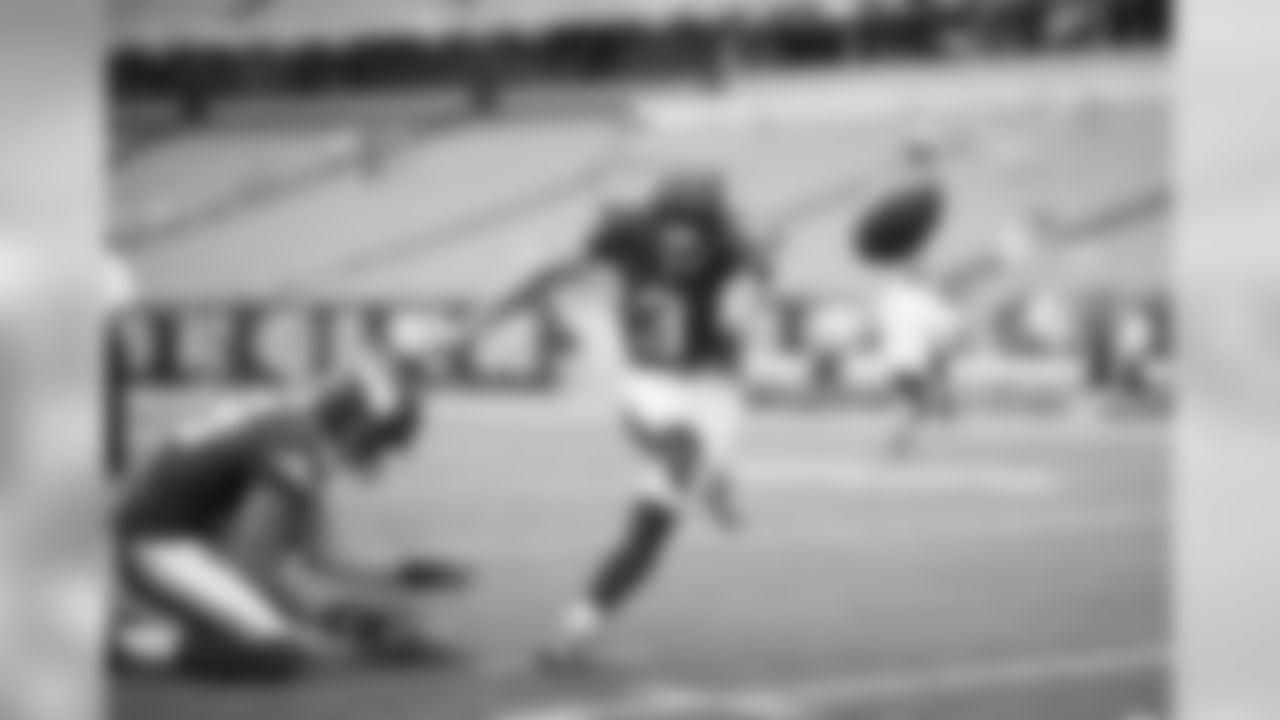




















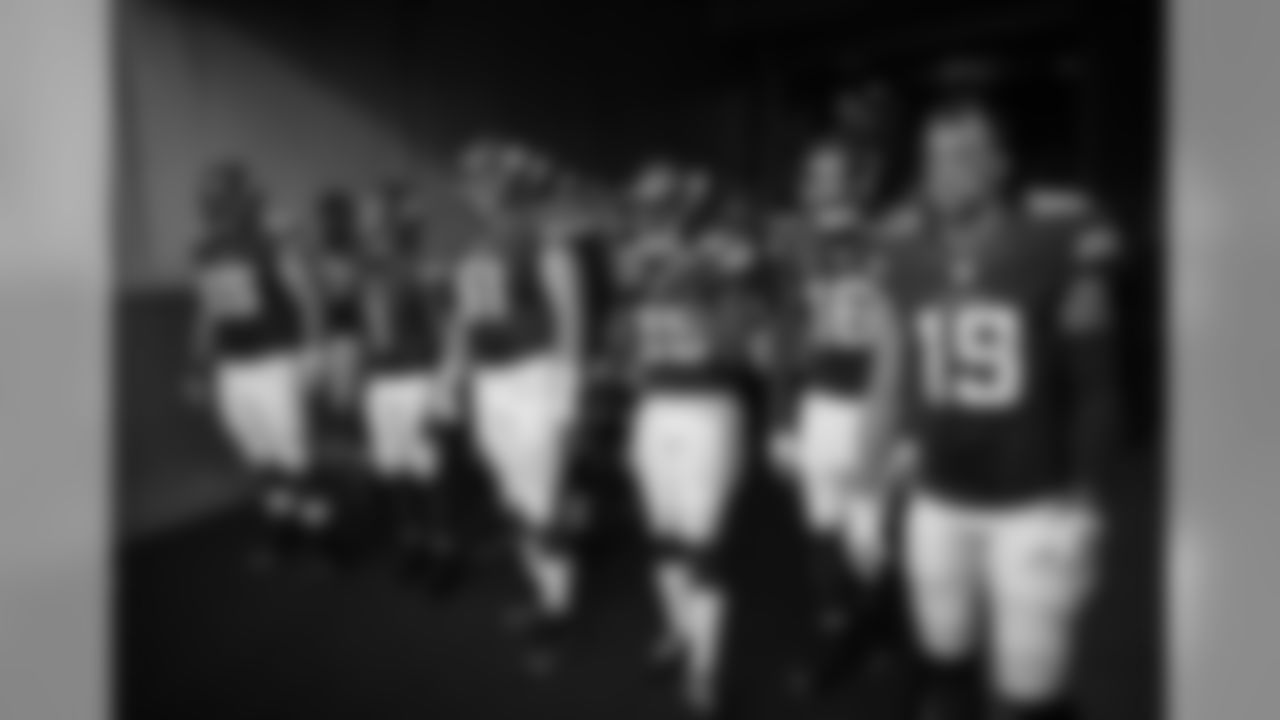





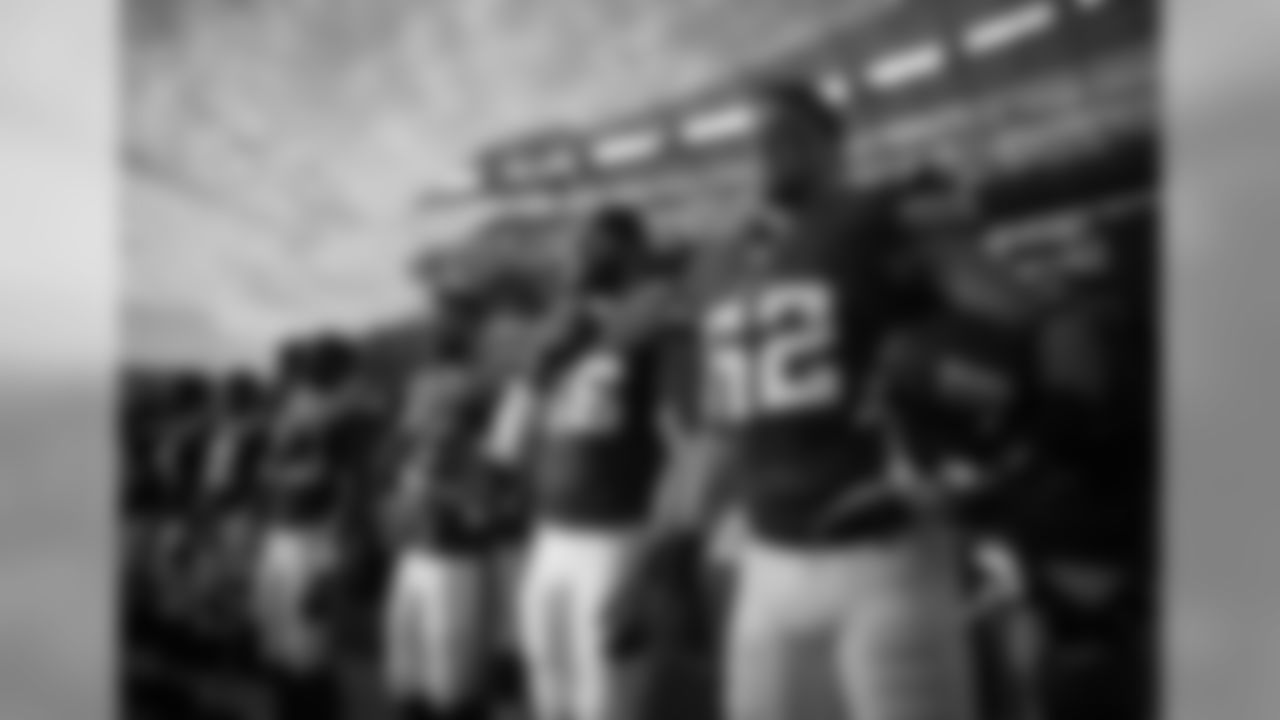


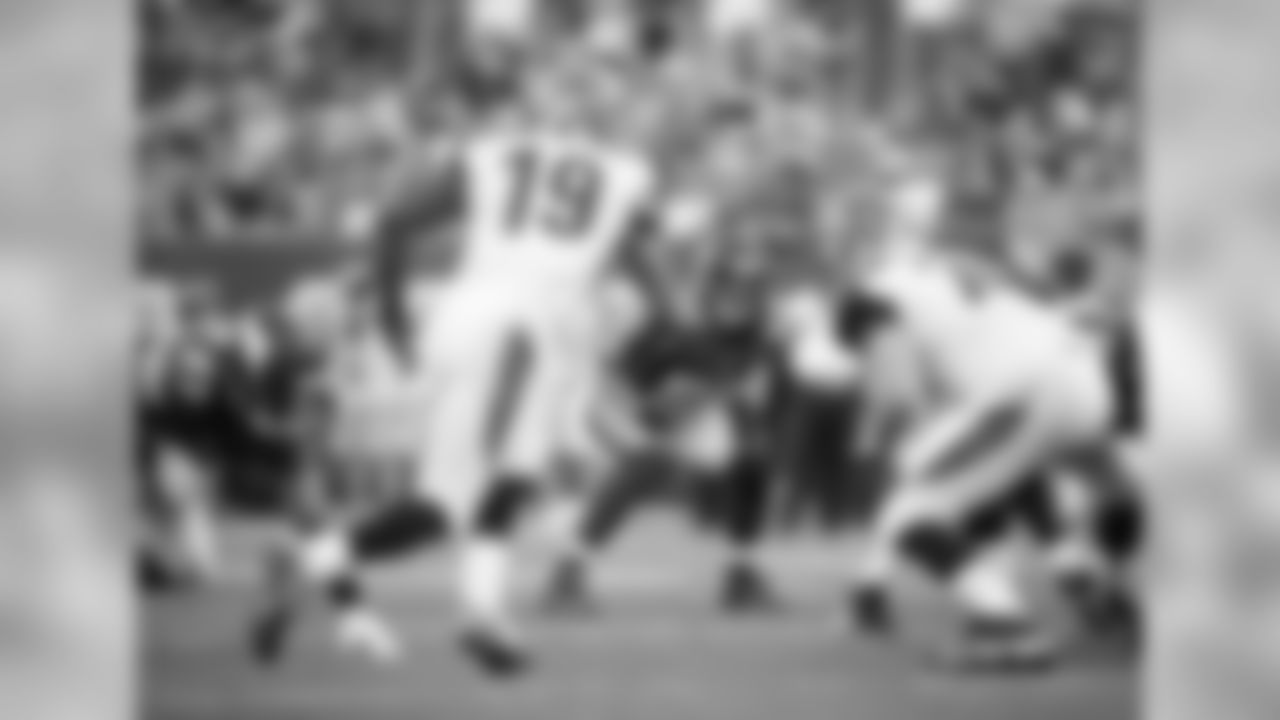

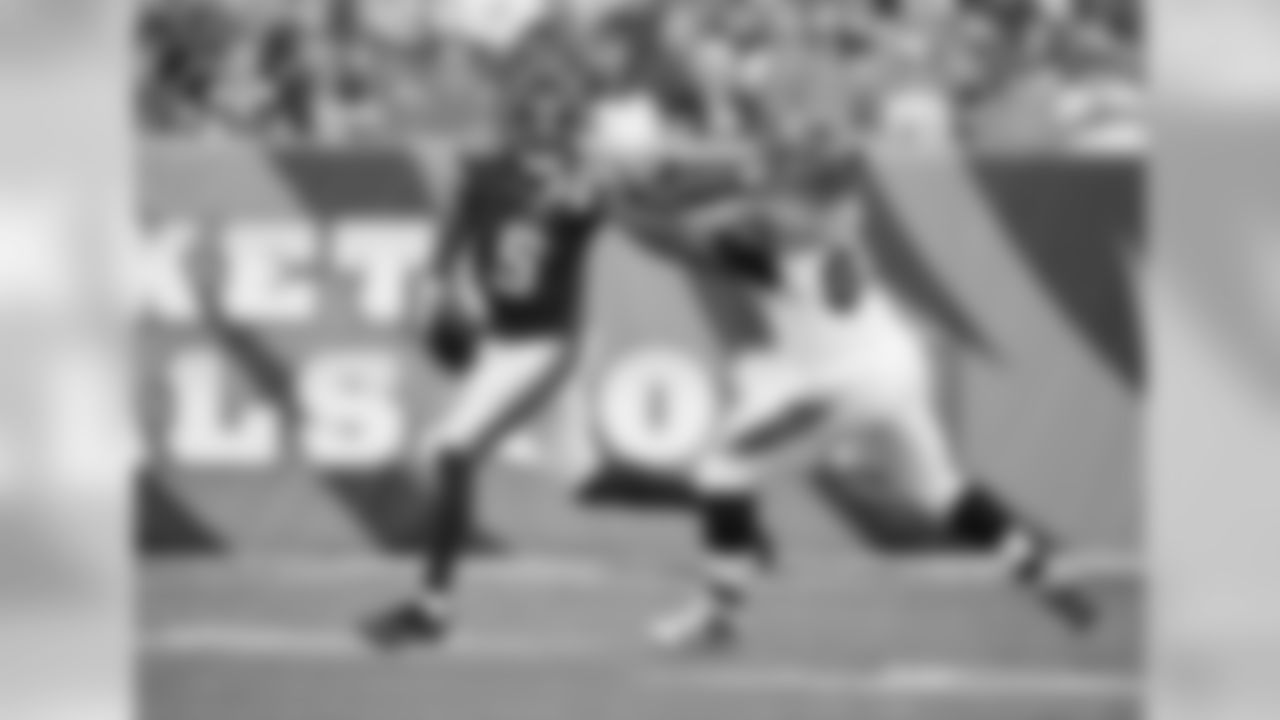

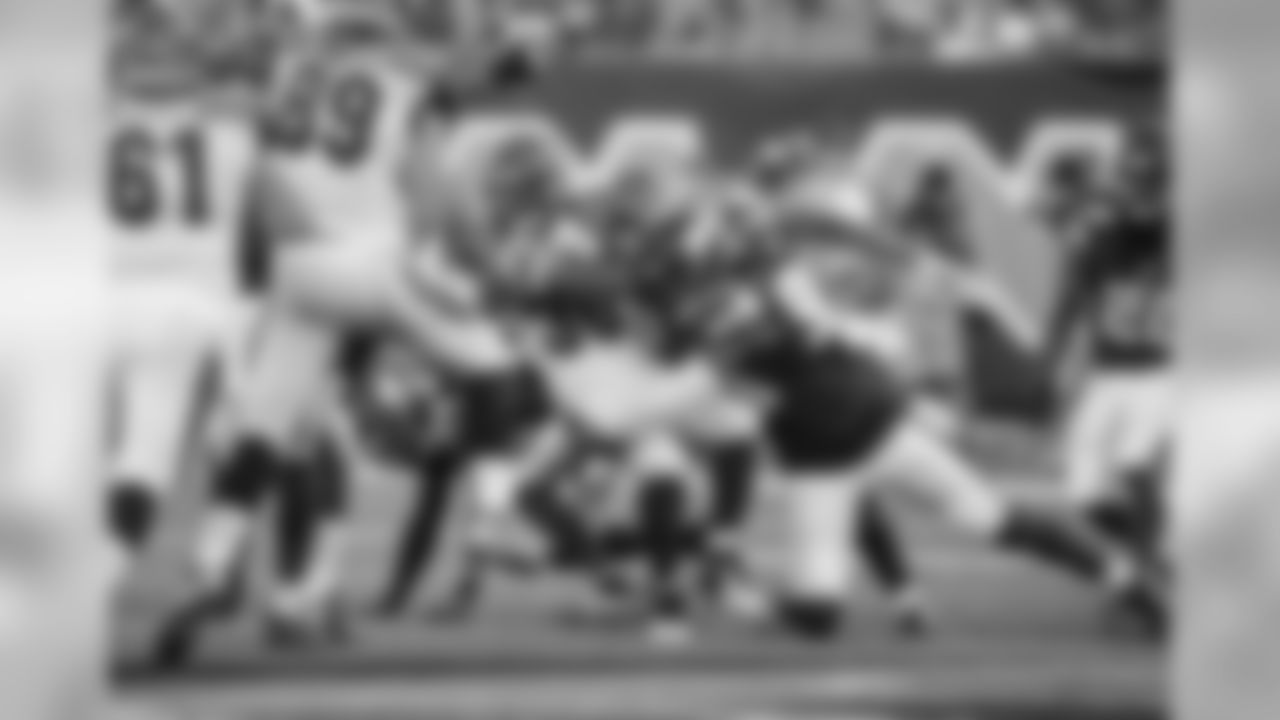


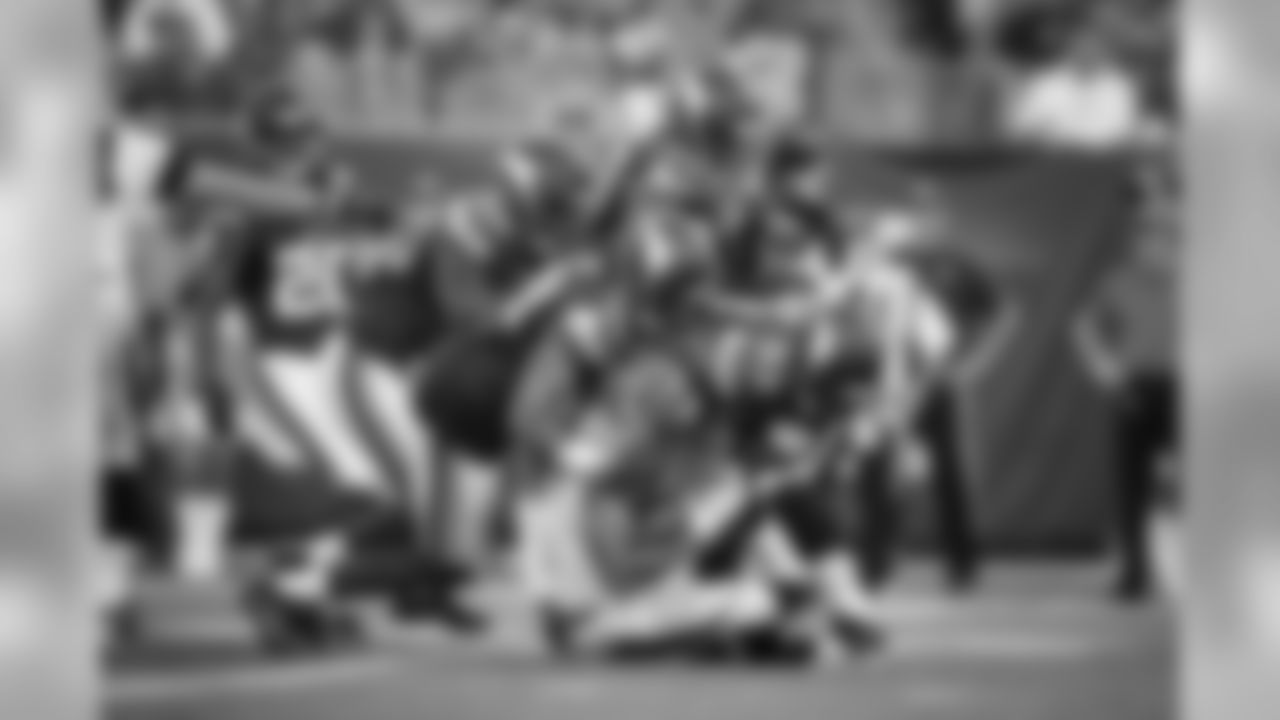



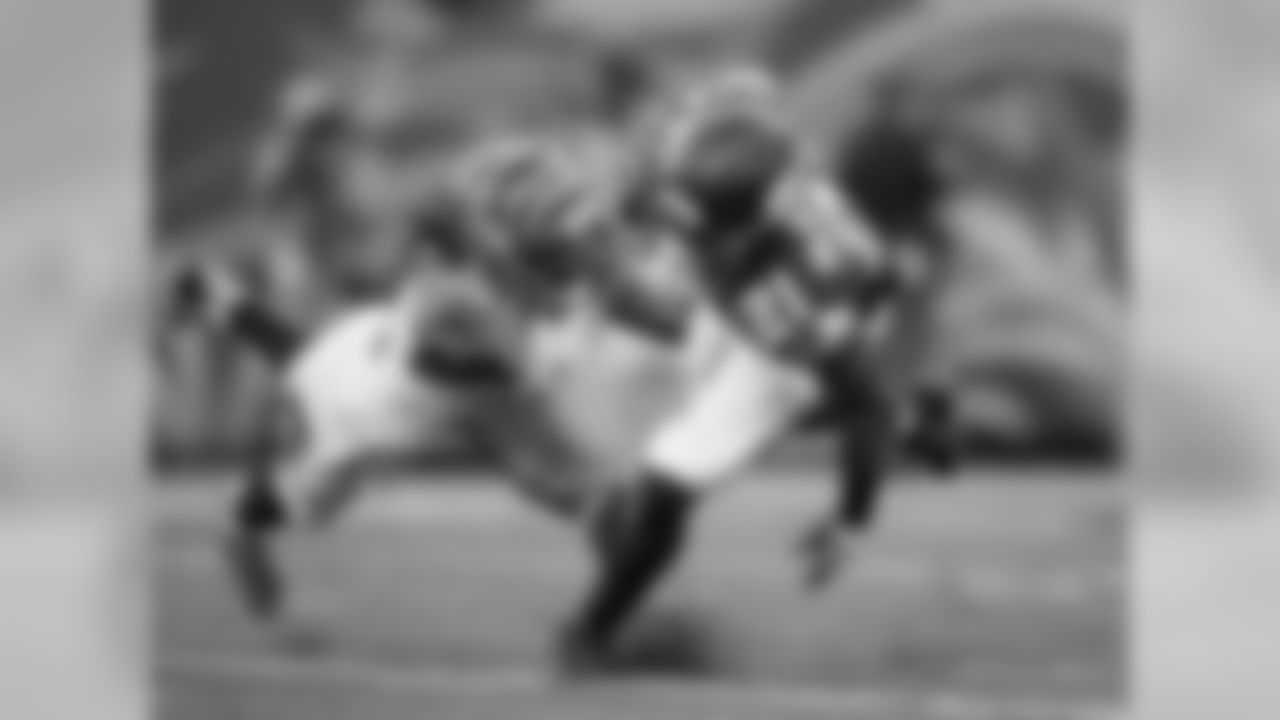
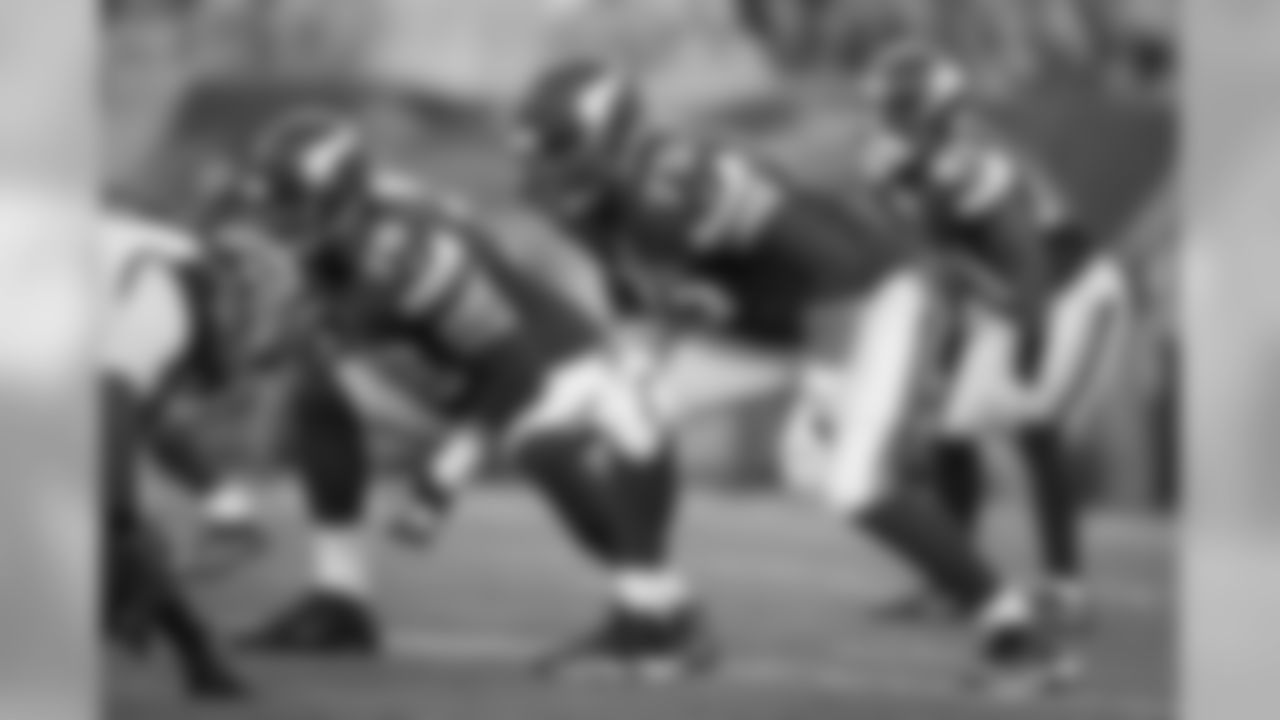

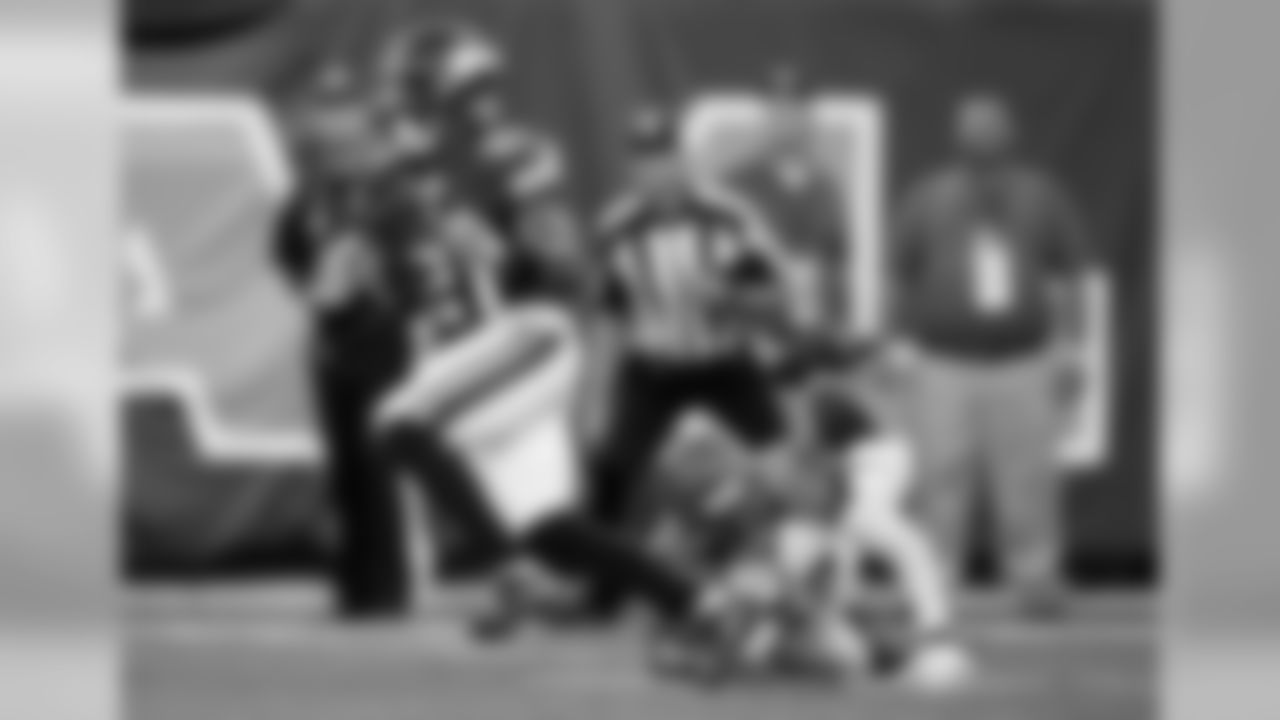
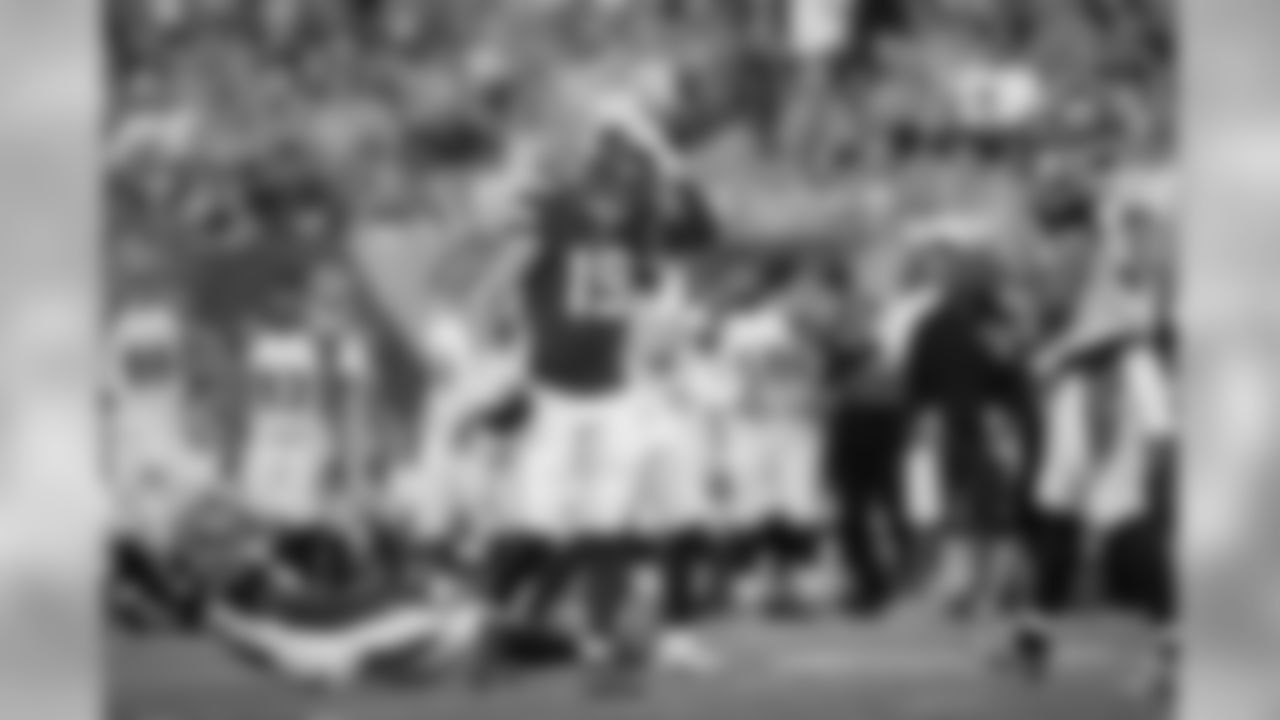
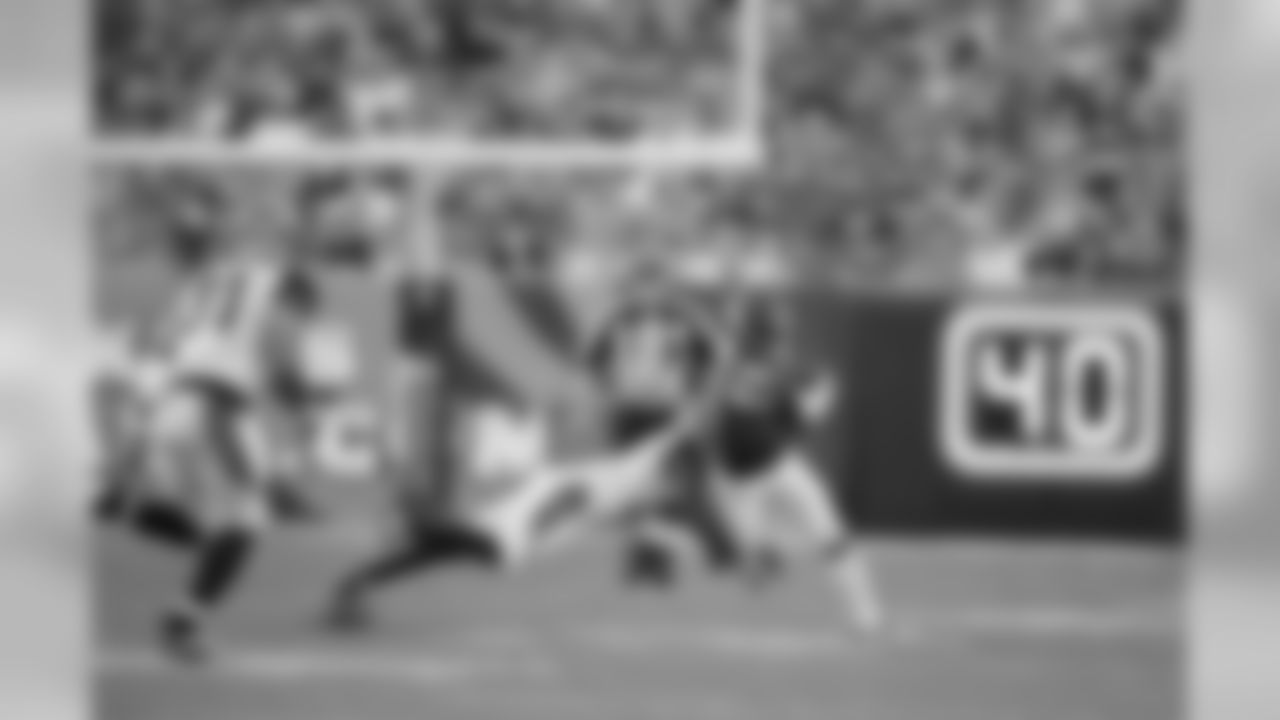

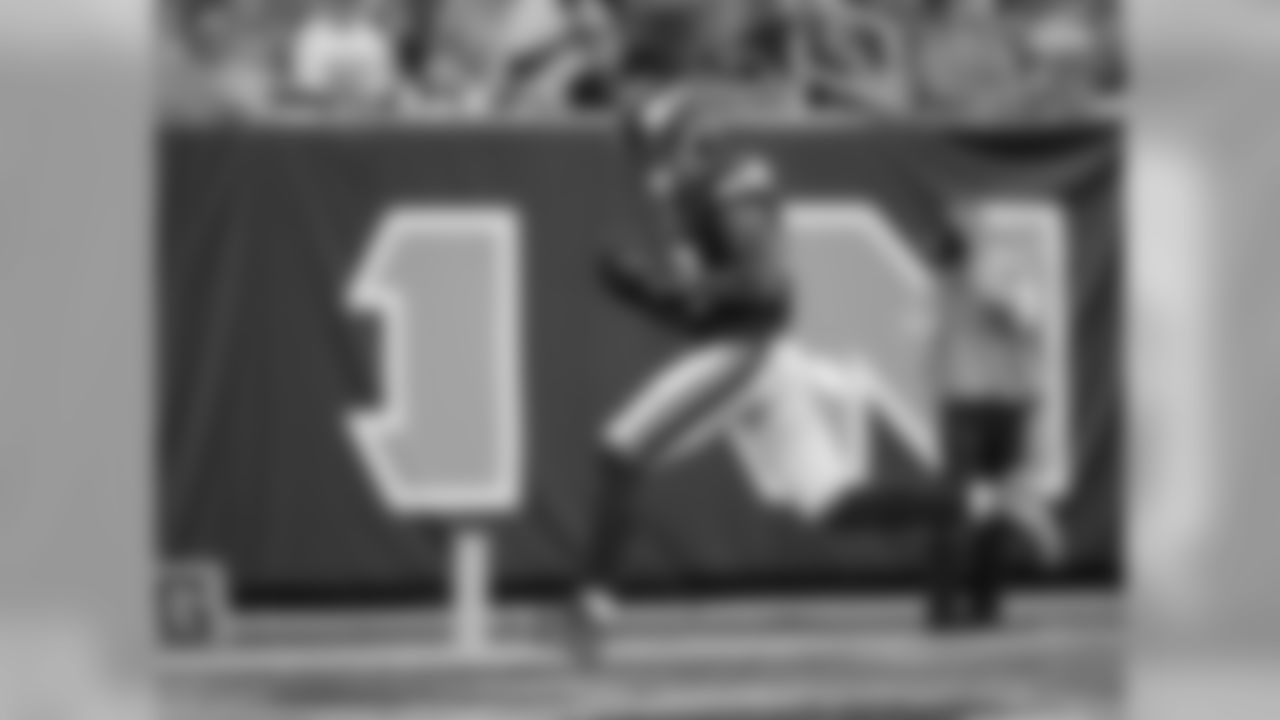



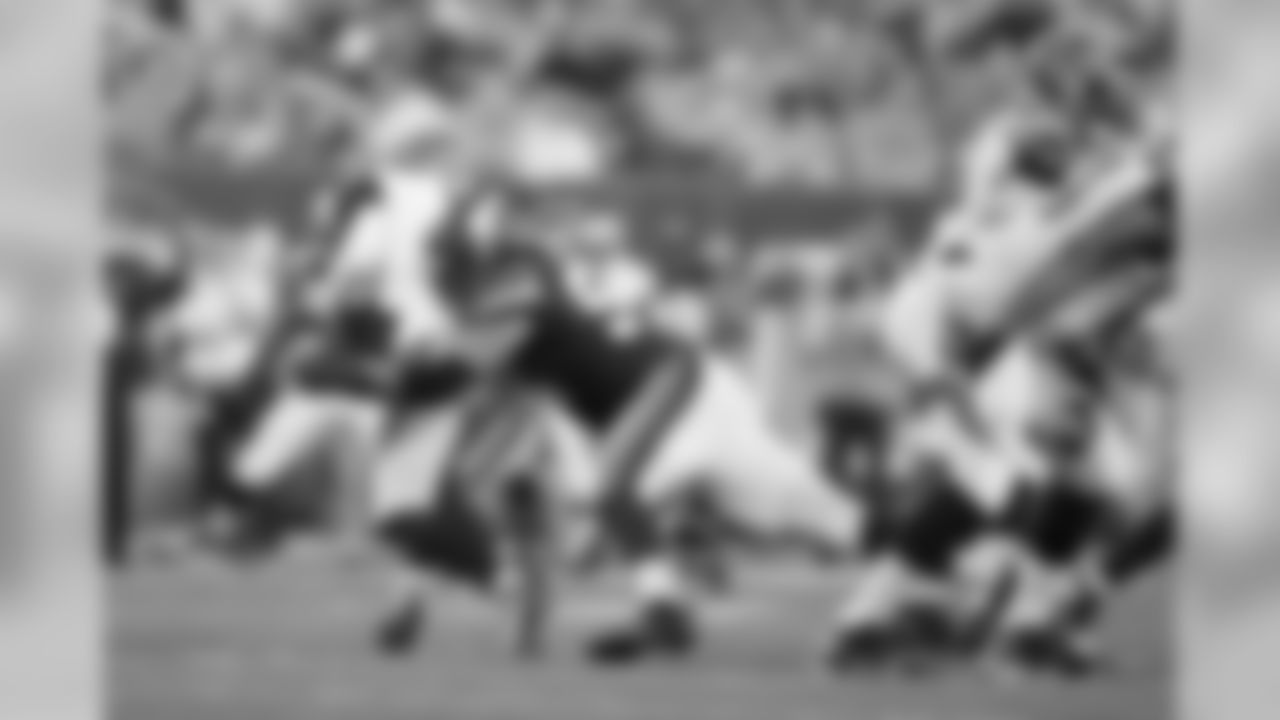

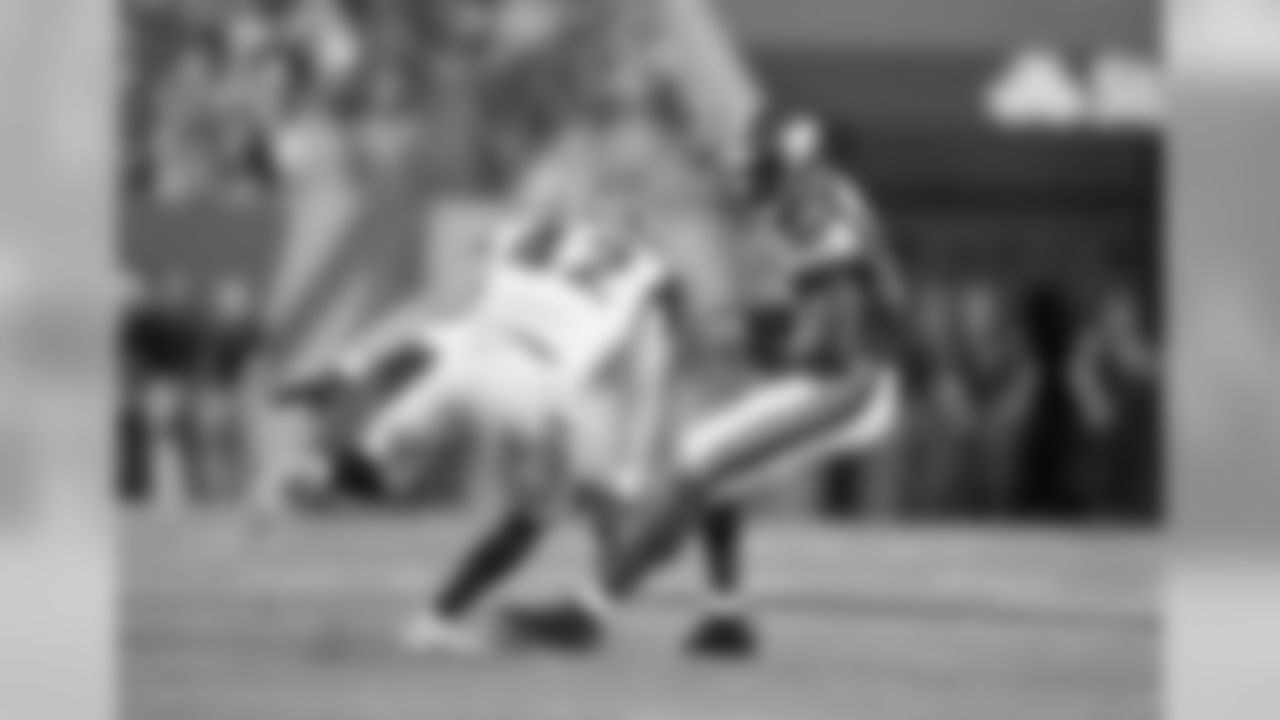

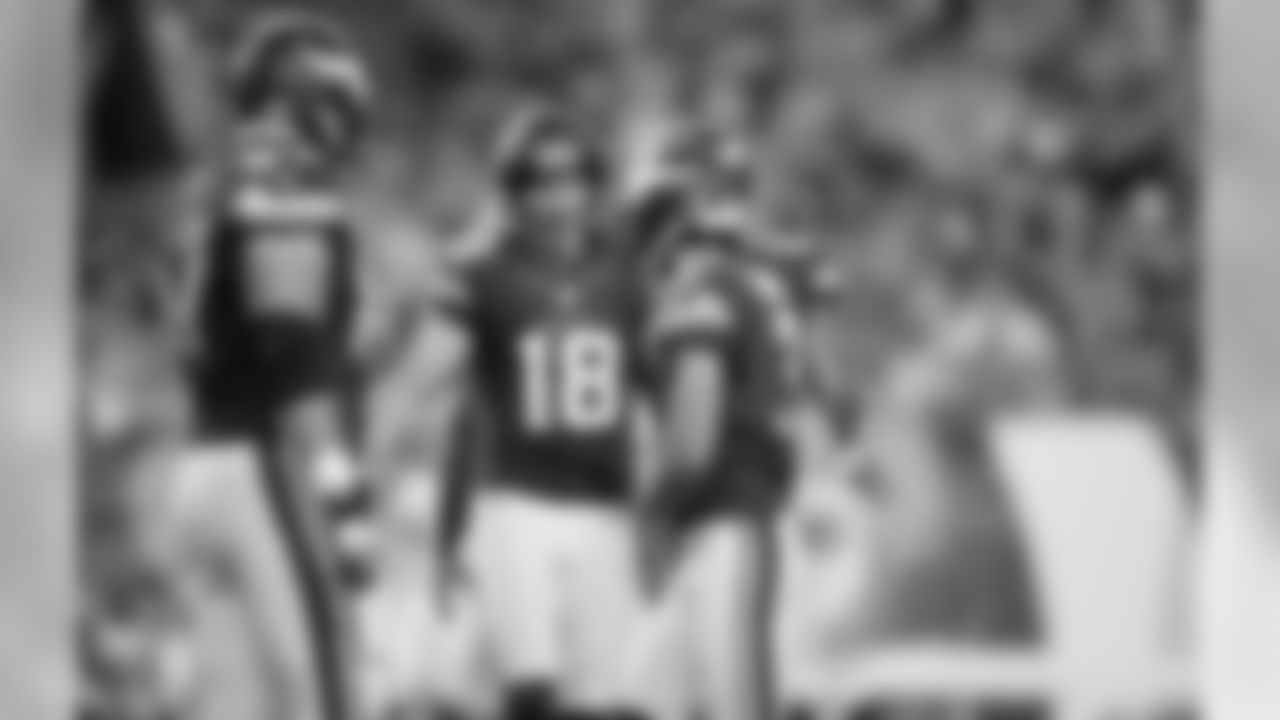



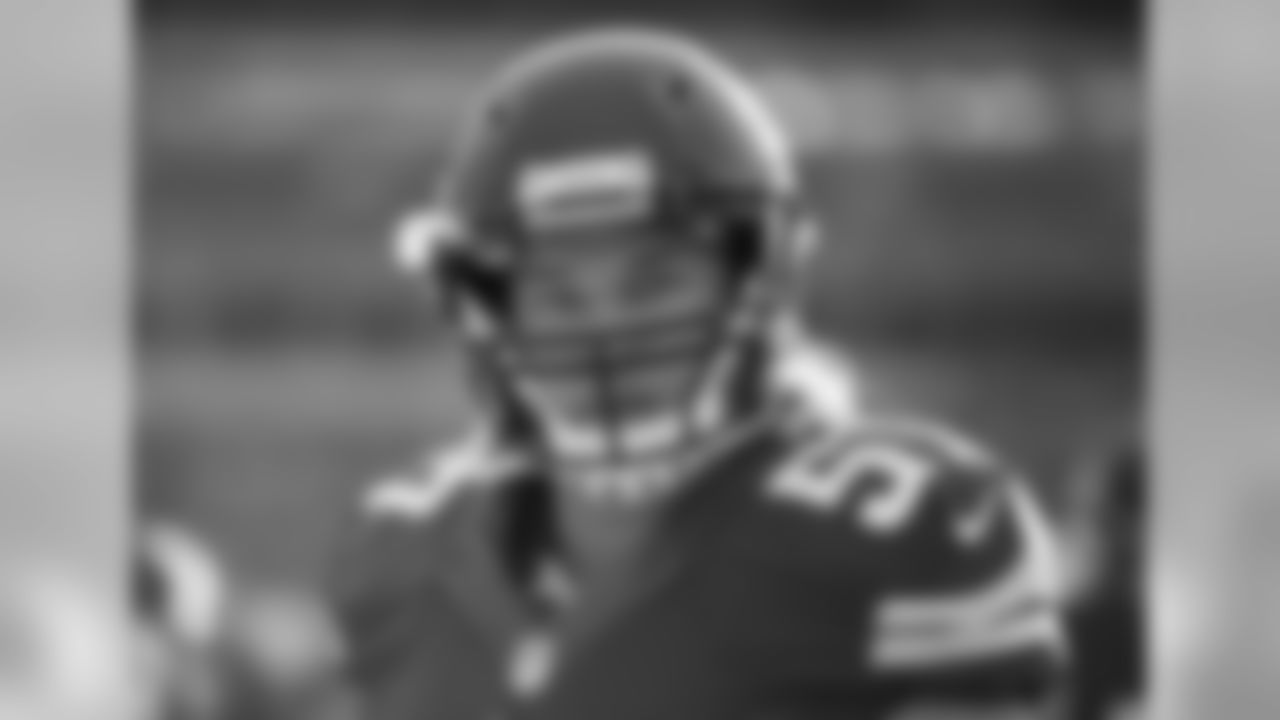
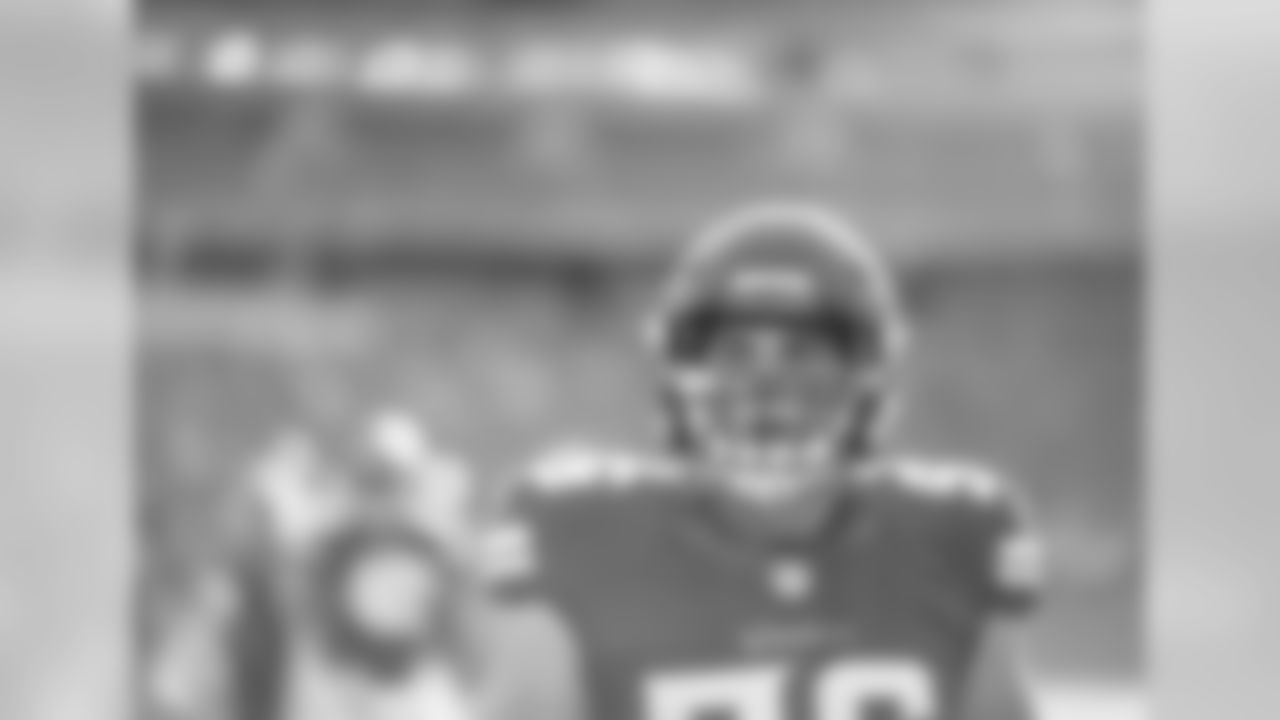









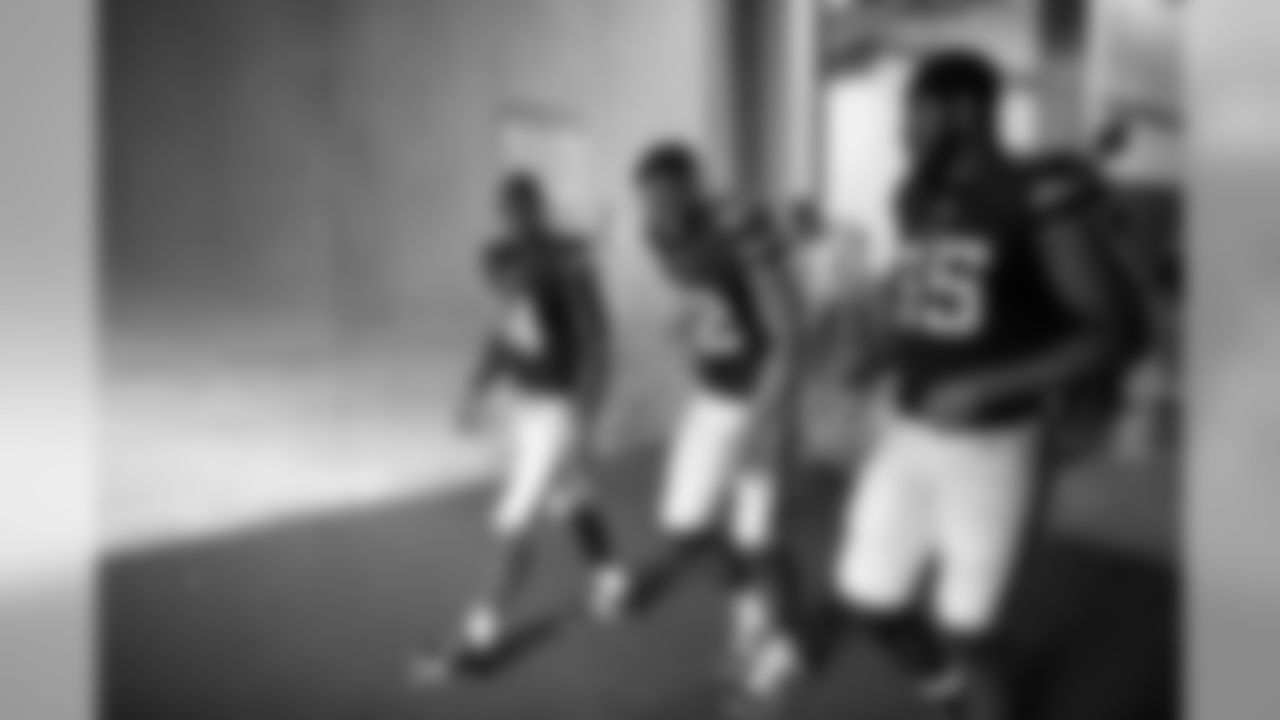


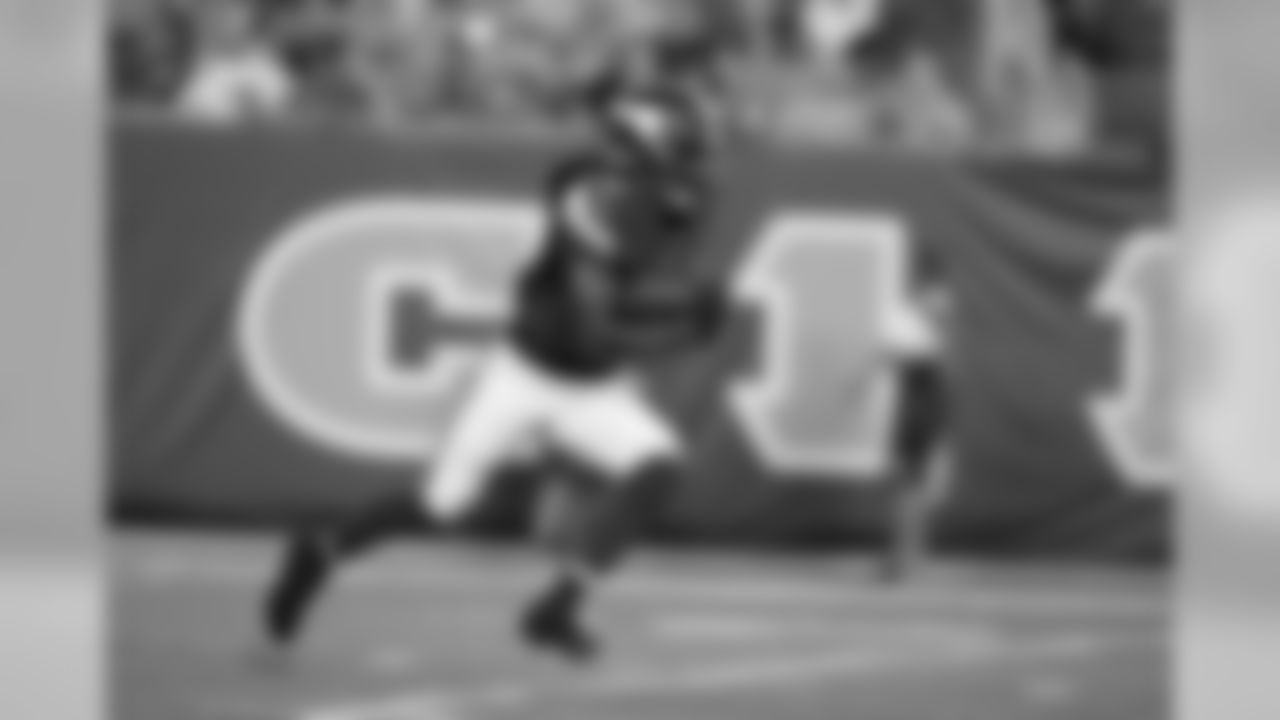
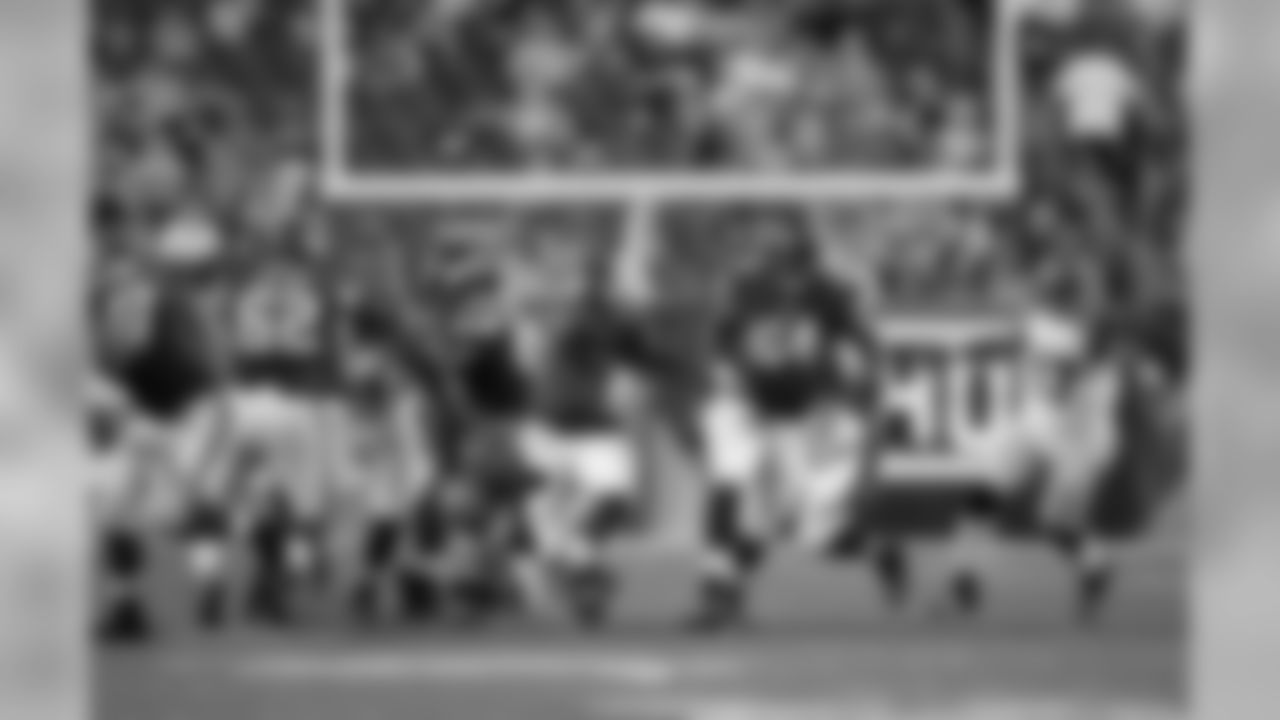

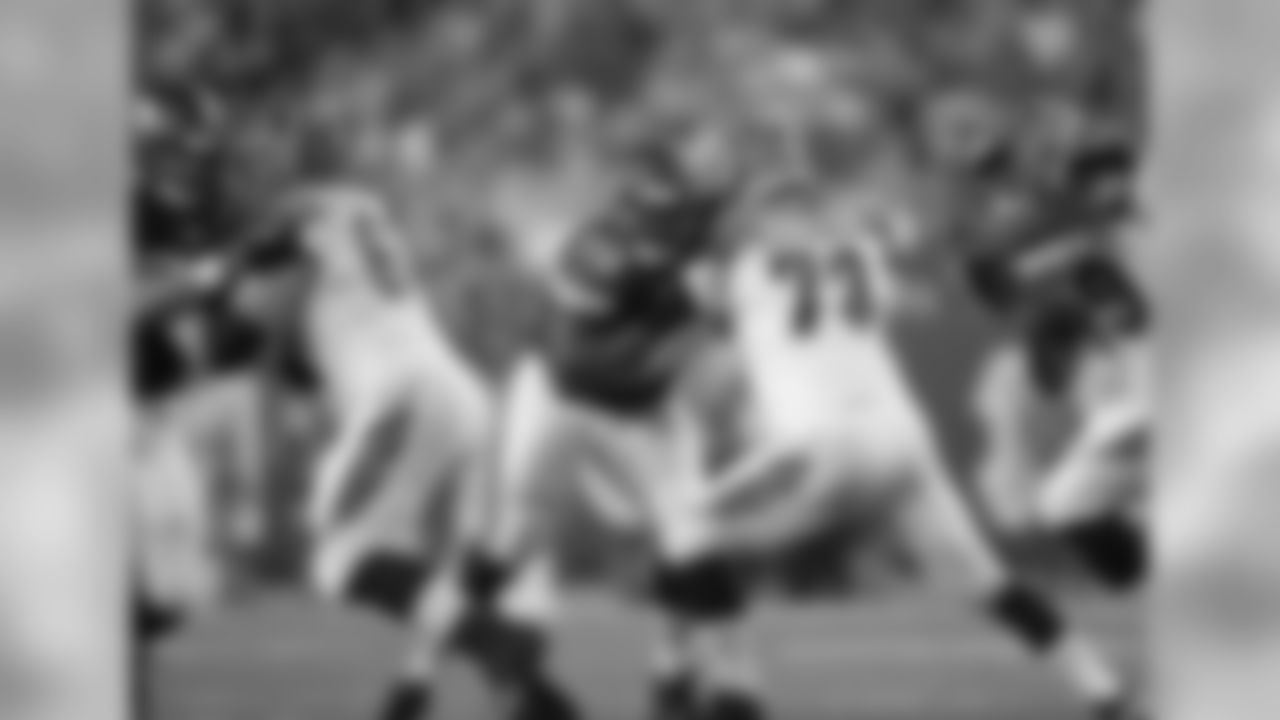
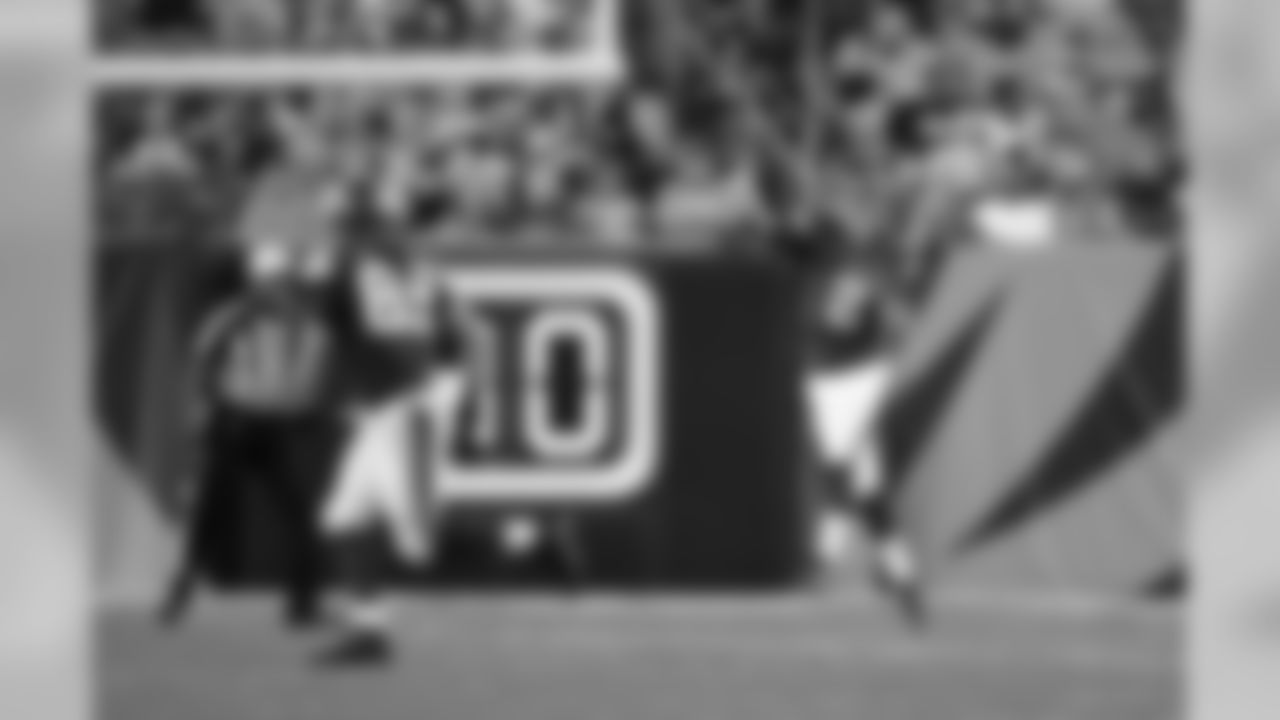
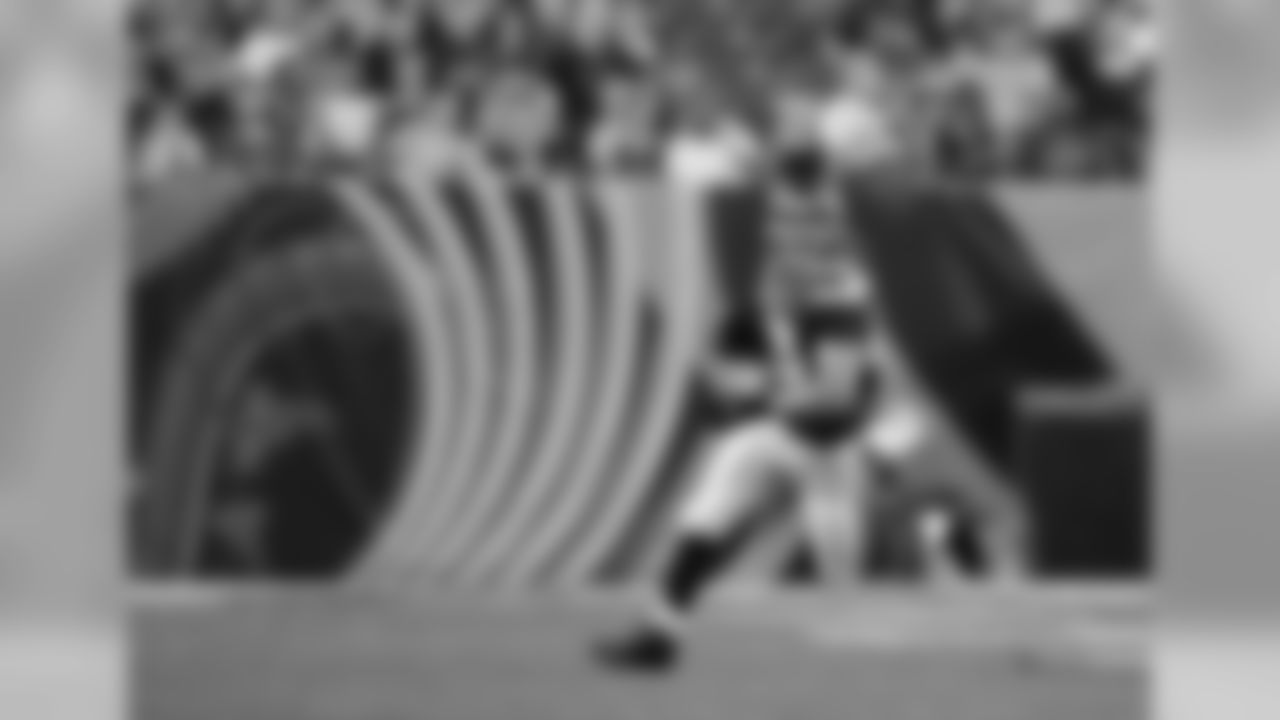
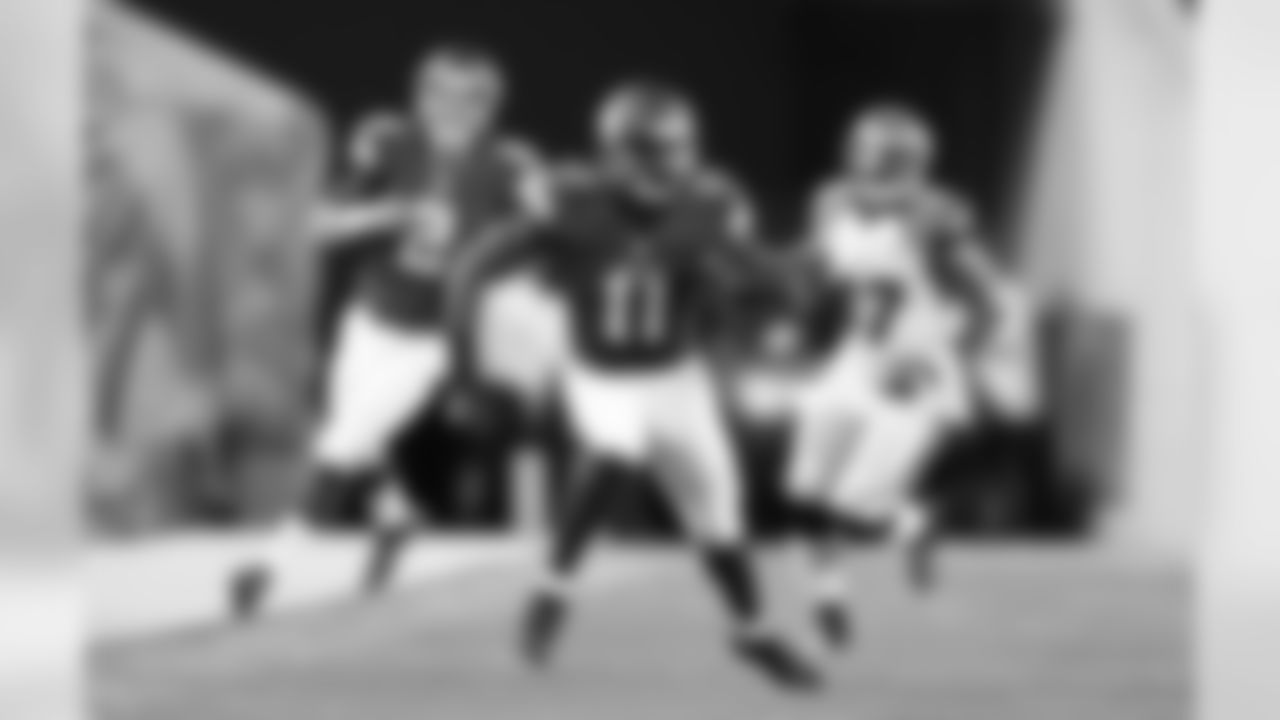
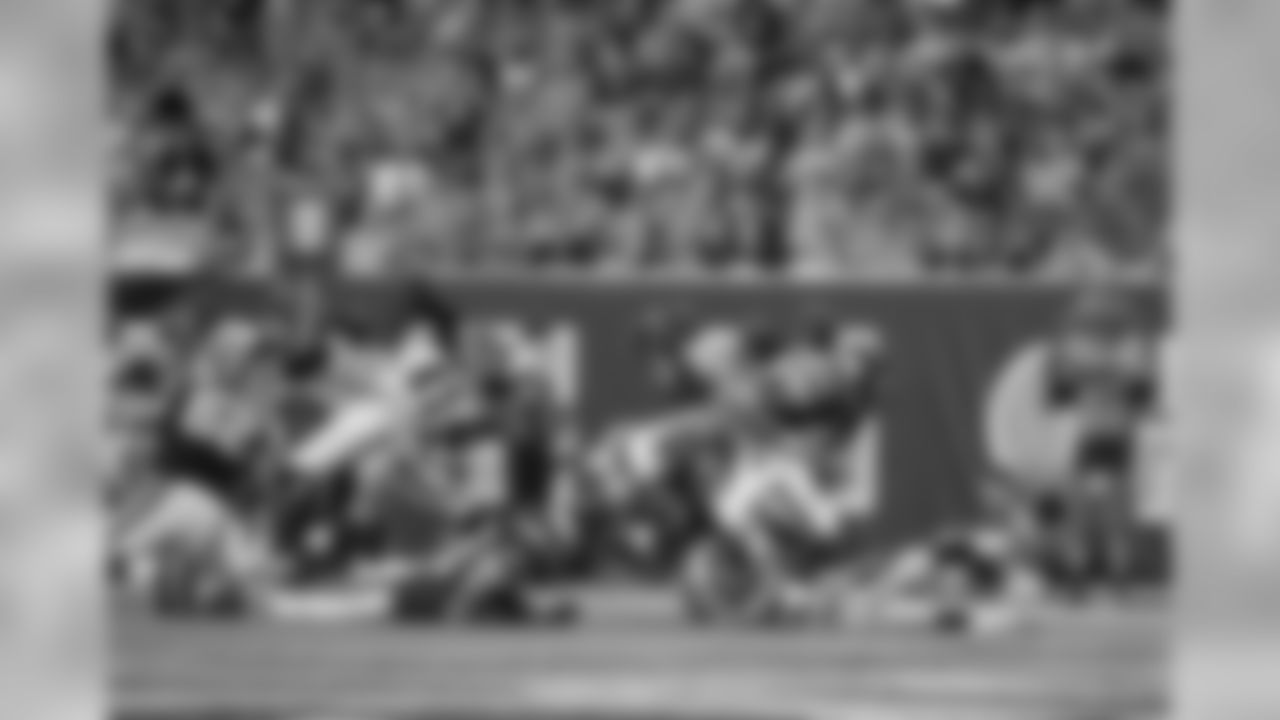
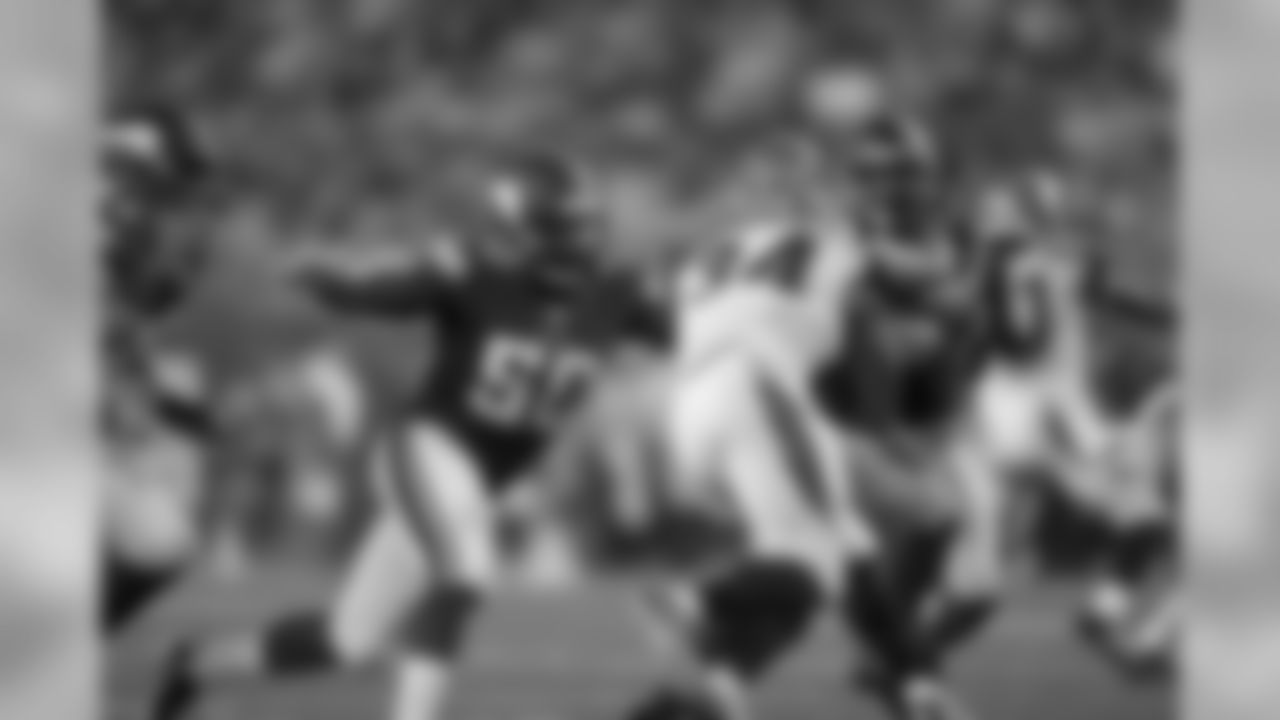
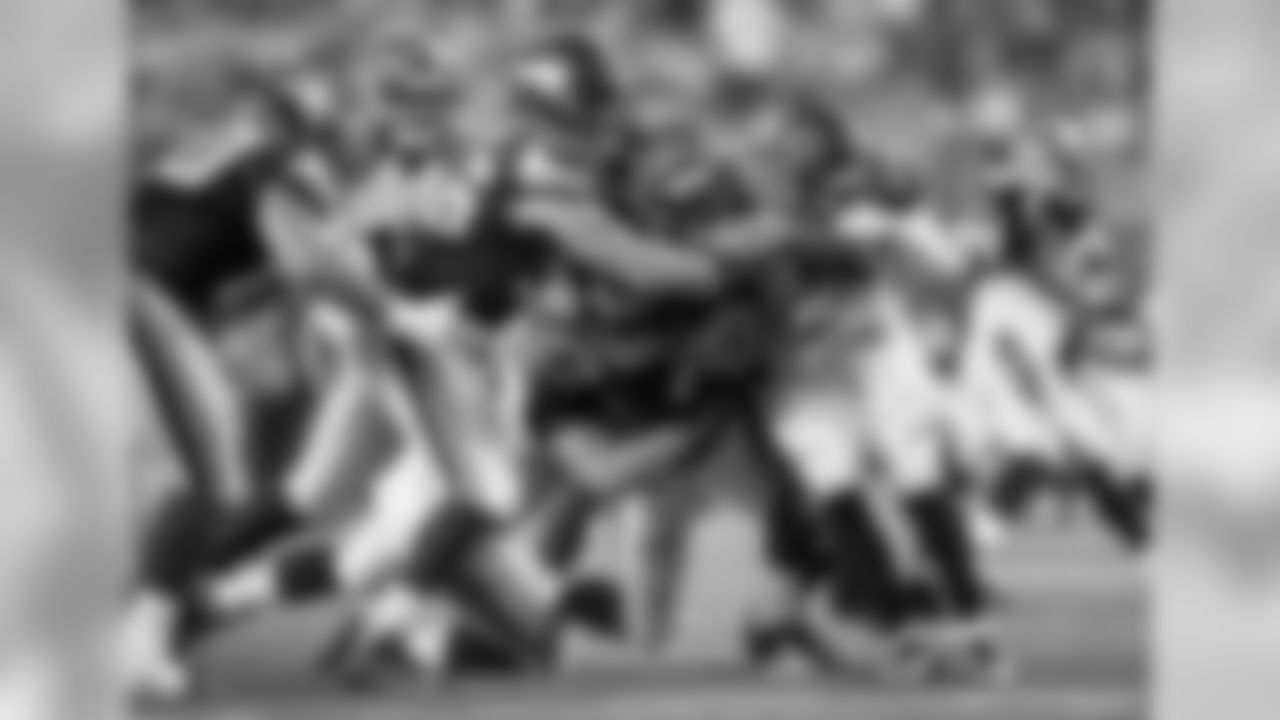
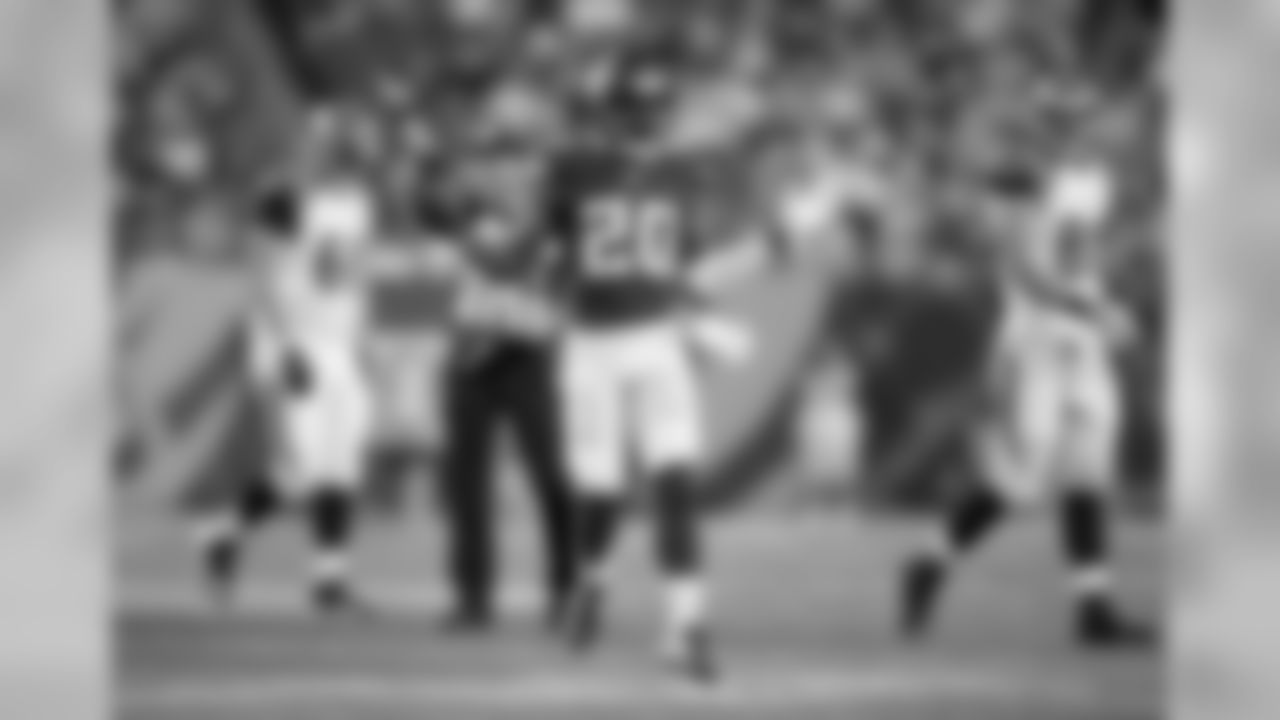

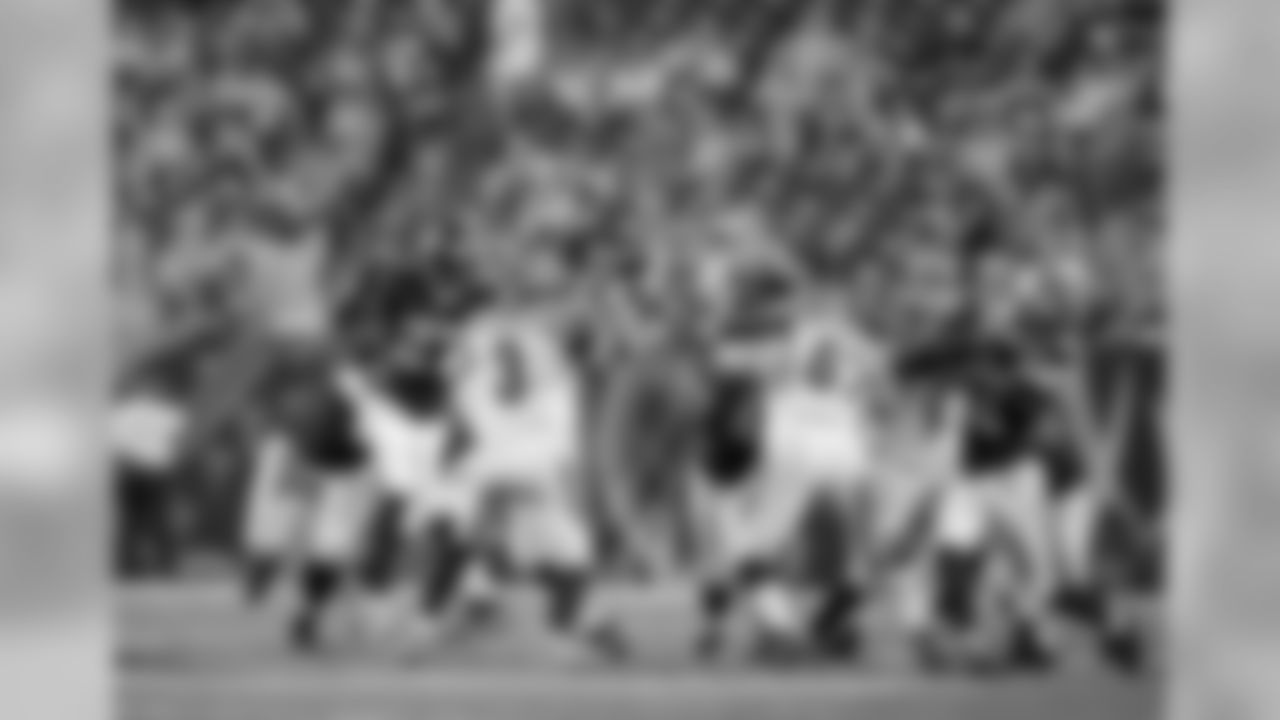


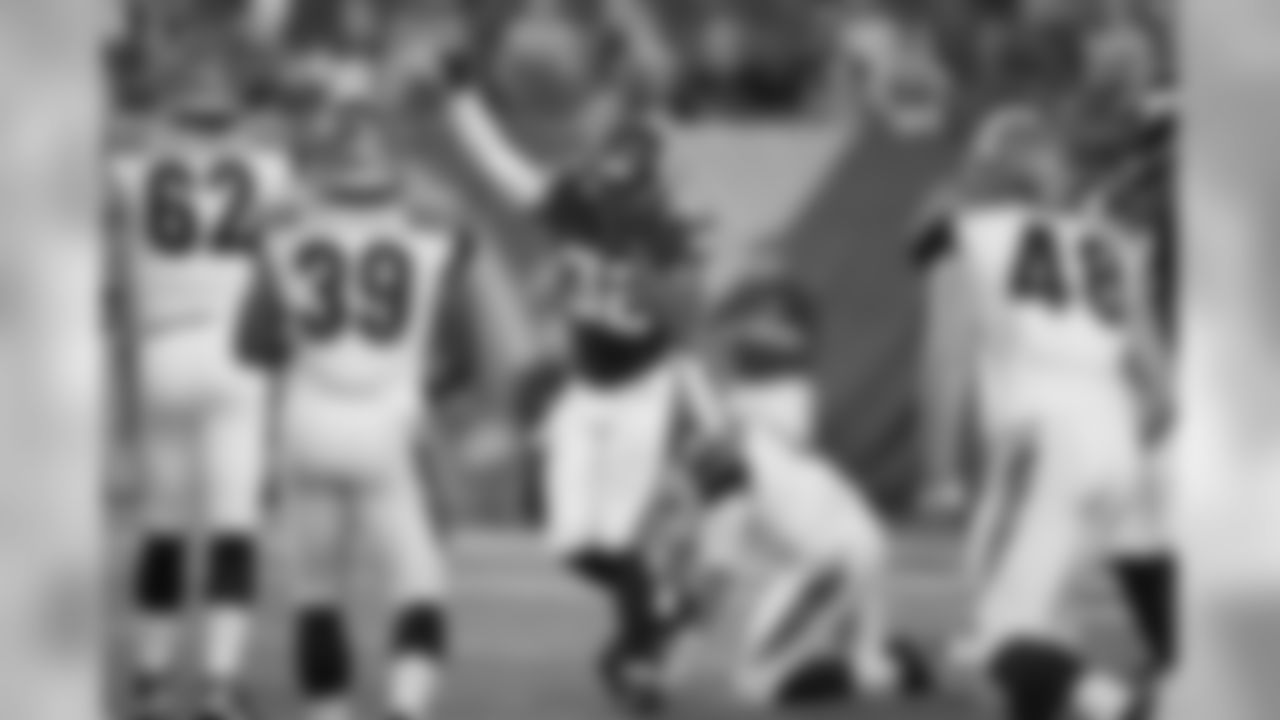
A chop block is a two-man, high-low block in which a defensive player is engaged above the waist by one offensive player and blocked at the thigh or below by a second offensive player.
Although Matt Kalil's name is listed in the play-by-play, officials threw a flag because of a block by center John Sullivan and left guard Alex Boone in their first game action together.
Previously, this was allowed because Sullivan and Boone lined up together.
Wrolstad explained that certain blocks were difficult to officiate, say if a team pulled a guard and then had a center and tackle make a prohibited combo block that would have been allowed by a guard-center or guard-tackle combo.
"The problem with the chop block, is before, it was allowed on certain running plays and wasn't allowed on pass plays or changes of possession plays, so it became difficult to officiate," Wrolstad said. "You'd see a block, and I'd have to decide whether it was two adjacent linemen that hit him or whether it was the center and the tackle, which was illegal.
"Some people think a low block is a chop block," Wrolstad said. "It has to be two guys, one high, one low."













